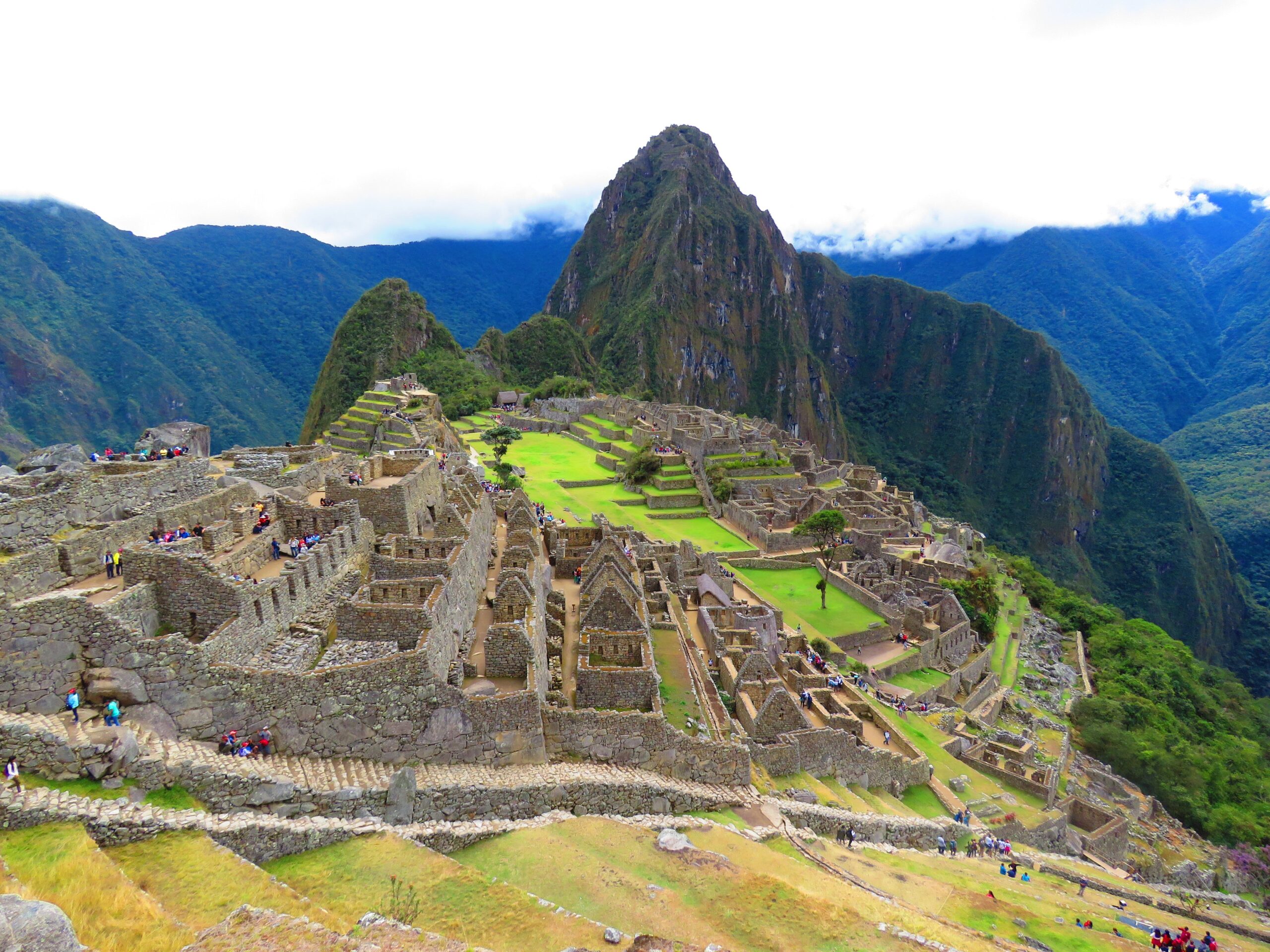Journey to the Ancient Inca Empire
Welcome to the Majestic Andes Mountains
Long ago, in the breathtaking Andes Mountains of South America, there was a mighty and grand empire known as the Inca Empire. This empire was vast, stretching across many mountains and valleys.
The Hidden Wonder of Machu Picchu
Perched atop the Andean peaks rests the enigmatic city of Machu Picchu. Hidden for ages and eventually unveiled to the modern world, this remarkable city showcases the ingenious architectural skills of the Incas, with its impressive stone structures and breathtaking views of the surrounding mountains.
Leadership in the Inca World
The Inca Empire was governed by a revered leader titled the Sapa Inca. He presided over this vast empire from his royal seat in Cusco, a city renowned for its magnificence and regarded as the central hub of Incan culture and administration.
Innovative Farming on Mountain Slopes
In the challenging mountain terrain, the Incas mastered terrace farming, creating step-like fields on the slopes for growing crops. This method was both creative and effective in utilizing the rugged landscape.
The Mystery of Quipu
Without a written language, the Incas used a unique system called quipu for keeping records. This system involved knotted cords, each knot representing different information – a clever way to remember and record important data.
Reverence for Inti, the Sun God
The Incas deeply worshiped their gods, particularly Inti, the Sun God. They celebrated him with grand festivals filled with music, dance, and colorful rituals.
The Clash with Conquistadors
A pivotal moment in Inca history came with the arrival of Spanish conquistadors. These foreign invaders were drawn by tales of gold and riches, leading to a period of conflict and change.
The Legendary Pachacuti
Among the great Inca rulers was Pachacuti, known for his leadership and expansion of the empire. He initiated the construction of extensive Inca Roads, connecting the vast empire like a giant web.
Daily Life in the Empire
In Inca society, people spoke Quechua and lived in community groups called ayllu. In these communities, everyone worked together, supporting each other like a large family.
The Swift Chasqui Messengers
The chasqui were the empire’s messengers, renowned for their speed and endurance. They carried messages across the vast empire, ensuring swift communication between distant lands.
Working Together: The Mit’a System
The mit’a system was a communal work system in the empire. It involved everyone contributing to major projects like building temples or roads, embodying the spirit of teamwork and cooperation.
The Beauty of Inca Art
Inca Art was a vivid expression of their culture, encompassing colorful textiles, intricate pottery, and exquisite goldsmithing, each piece telling a story of their beliefs, traditions, and daily life.
The Sacred Inca Mummies
The Incas practiced mummification, creating Inca Mummies as a way to honor and preserve the deceased. These mummies held great cultural and spiritual significance.
The Wonders of Inca Architecture
The Inca Architecture is famed for its precision and strength. Their buildings, constructed from perfectly fitting stones without mortar, have stood the test of time.
The End of an Era: Spanish Conquest
The arrival of the Spanish marked the decline of the Inca Empire. Despite the challenges they faced, the legacy of the Incas continues to inspire and intrigue people around the world.
Conclusion: A Legacy of Brilliance
The Inca Empire, with its rich history, innovative practices, and remarkable achievements, remains a subject of awe and fascination. It teaches us about the ingenuity and resilience of ancient civilizations.
